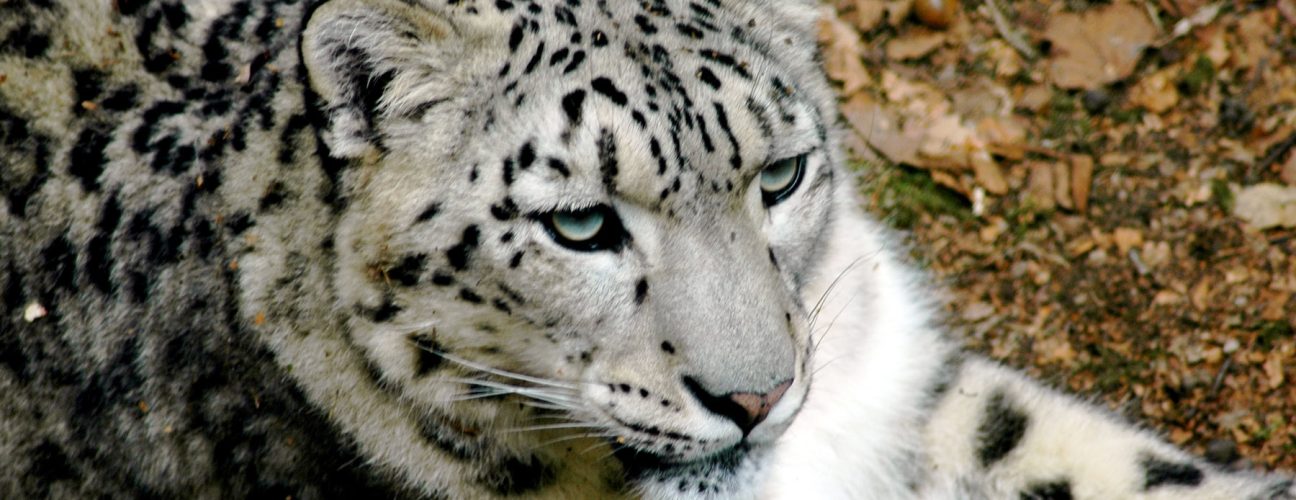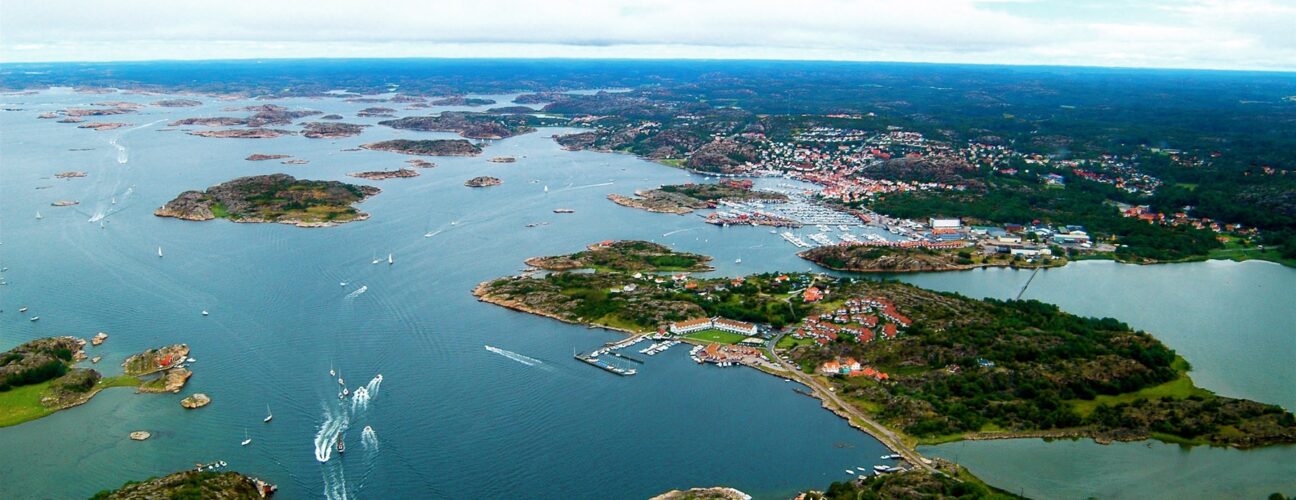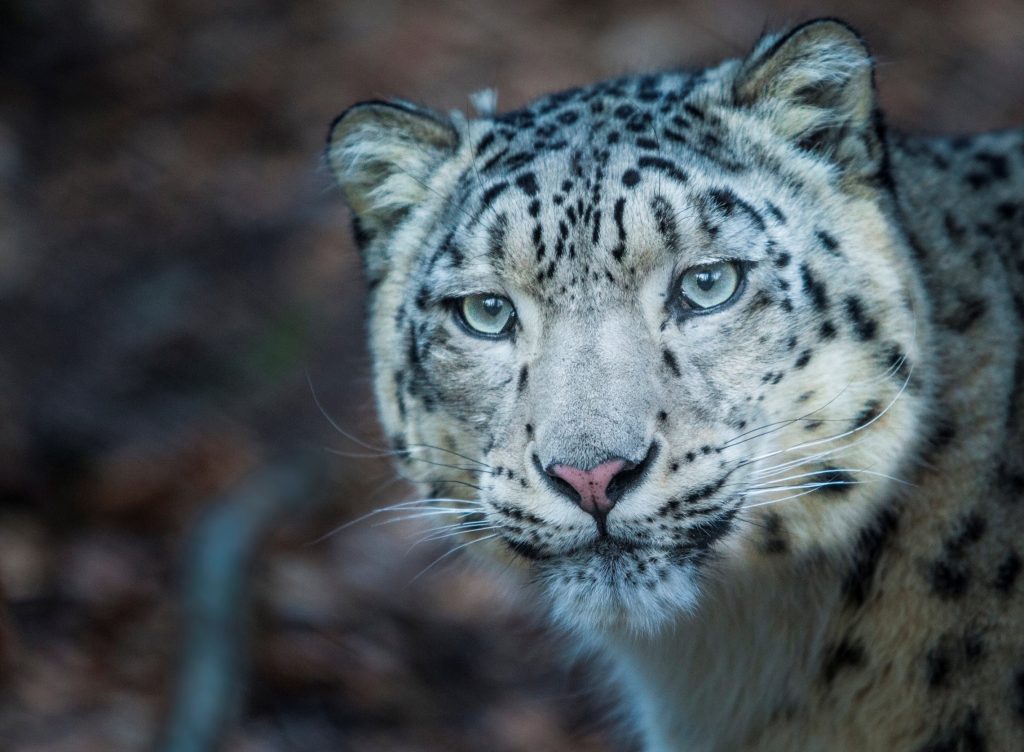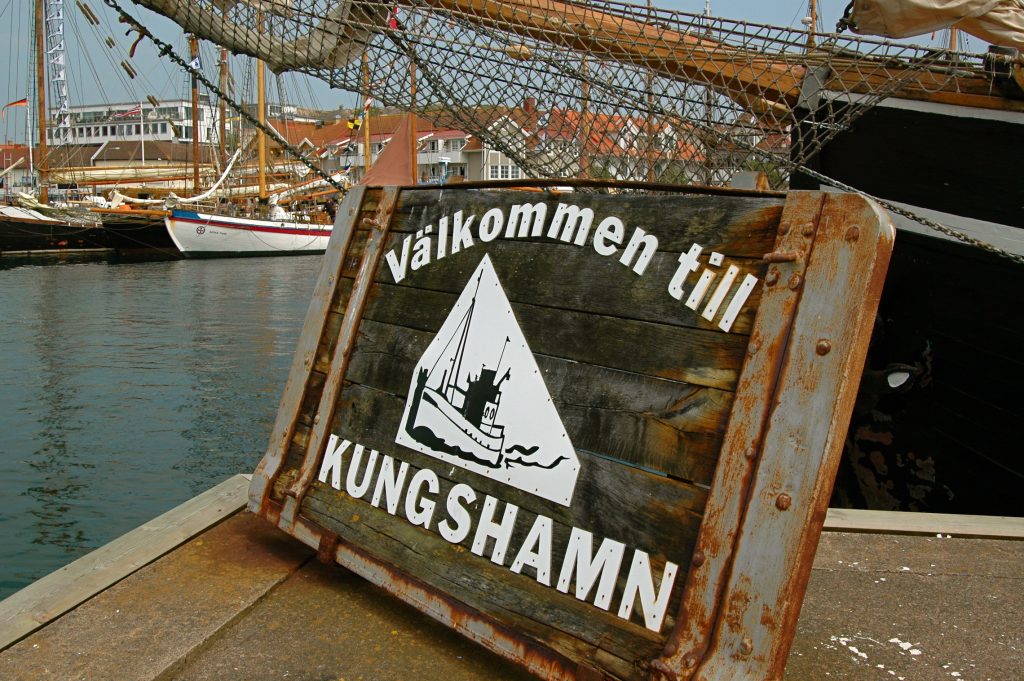The Smögen Pier

Nordens Ark

Hunnebostrand

Hunnebostrand

Days Out – Explore Bohuslän
Visit idyllic fishing villages, stroll along the piers and enjoy delicious fish and freshly cooked shellfish
Smögen – 12 km
The Smögen Pier is one of Sweden’s most popular tourist destinations and located in Smögen’s old fishing harbour. The pier starts by the fish markets and is approximately one kilometre long. It has a huge range of shops, cafes, restaurants and night clubs, offering something for everyone.
This sheltered harbour, today one of the busiest visitor harbours in Scandinavia, is strategically placed as the final outpost towards the open sea. This harbour was used by fishermen as early as in the 16th century and became more important with each herring era. By the beginning of the last century, Smögen had become a very important export harbour, trading extensively with Europe. Along the pier on the northern side of the harbour were the exporter’s warehouses and salting houses, and the southern side of the harbour – the Smögen Pier – soon became the centre of the community.
As the catches decreased, the harbour focused more and more on tourism. Today, you can sit on benches along the pier and watch the people and the many boats go by, or enjoy fresh shellfish and newly caught fish at one of the restaurants. Only Smögen has genuine Smögen Prawns!
Don’t miss: Stop by the Smögen Bridge on the way here and be amazed by the lovely views.
More information about Smögen and the Smögen Pier.

Nordens Ark – 16 km
An establishment for animals threatened by extinction, built to suit the animals. A 3-kilometre walk through a beautiful natural landscape offers the opportunity to see animals like red pandas, poison dart frogs, snow leopards and the world’s biggest tiger – the Amur Tiger. However, the youngest children usually prefer stroking the lambs and calves at the Farm, where they can also jump in the hay, try carrying water with a yoke, and much more. Nordens Ark is one of Bohuslän’s most popular visitor attractions.
Open daily all year round from 10.00.

Hunnebostrand – 11 km
Hunnebostrand is across the water from Ramsvik and one of Bohuslän’s oldest coastal villages, dating back to the 13th century. The community expanded during the great herring era, in 1556-1589, and the first buildings were boathouses, used on a seasonal basis.
When the stonemasonry industry took off in the 1860s, the population grew significantly and the sounds of hammering were heard from the quarry for many years. Nowadays, only a small number of stonemasons remain, but the Stonemasonry Museum in Hunnebostrand gives an insight into how the workers used to live and work. The museum is located in an old quarry and a nice place to visit. We particularly recommend the guided tour and a walk through the gorge, Hunnebo Klyfta.
Hunnebostrand is also a popular holiday resort with a large visitor harbour, lovely sandy beaches and lots going on during the summer months. In the harbour is the Hummerakademin (the Lobster Academy) where you can see extremely rare varieties, such as blue and pink lobsters. There are a number of good restaurants around the harbour. Make sure you visit the restaurants Bella Gästis and Henriks sjökrog; both are found on the quayside.

Kungshamn – 11 km
This popular town is made up of a number of smaller communities…Gravarne, Bäckevik and Fisketången, which came together and became Kungshamn. Many locals prefer to use the old names, despite the fact that the collective name was adopted a very long time ago. The town has several successful businesses in both the fishing and building industries.
Kungshamn is the administrative centre of Sotenäs. This is where you will find important facilities like Systembolaget (the outlet for alcoholic drinks), the Police and the doctor’s surgery (to be visited in this order). This is also where the Tourism Office is found.
The buildings in the central parts of Kungshamn have been modernised and altered quite significantly over the years, whereas Fisketången still has many traditional buildings, including boathouses. This is where the local eccentrics meet and gossip.
Väjern & Tumlaren
1 km before the northern entrance to Kungshamn is Väjern, an old fishing village, which has grown dramatically over the last few years, as new houses have been built. Väjern now has Tumlaren, a leisure centre with gym, 25-metre swimming pool, and fun water games for younger children. In the unlikely event that it rains on a summer day in Bohuslän, Tumlaren’s pools quickly fill up with excited children.

Lysekil with Havets Hus – 44 km
Havets Hus is a popular sea life centre showcasing more than 100 different species from the Gullmar Fjord and the North Sea.
Havets Hus has 40 fish tanks. From the biggest, which contains 140,000 litres of sea water to the smallest with 70 litres. Walk through the tunnel tank, surrounded by spiny dogfish, halibuts, rays, large cod and other fish.
Lysekil is a pleasant town for a stroll, with a good range of shops and cosy cafes.

Photo: Jonas Ingman
Hållö – 13 km
Hållö is a beautiful island, just outside Smögen. It is a nature reserve and home to the oldest lighthouse in North Bohuslän, which has guided many sailors to the safe harbour of Smögen. Swedish troubadour Evert Taube sang about Karl Stranne’s adventures in a storm on Christmas eve in 1872: ’…He spotted the glare of Hållö Lighthouse, although half-blinded by snow and spray. He had it to windward. And to leeward was Smögen…’
Hållö has lovely clear waters to swim in, giant’s cauldrons and a unique flora. There are smooth granite cliffs for sun worshippers and good diving sites. A dip in the so called Marble Basin on the western side of the island is a must. Here, the sea-bed shimmers in glorious green. The sheltered bay Hållö Tångar on the northern tip of the island is probably the most child-friendly place to swim.
In the summer, passenger boats depart Smögen and Kungshamn for Hållö every day. The island has a pleasant coffee shop and a youth hostel.

Bovallstrand – 13 km
Bovallstrand dates as far back as the 16th century. At that time, shipping and fishing were the main sources of income. Throughout the 1800s, the fishermen from Bovallstrand caught herring and the village flourished. Bovallstrand later became an export harbour for granite, cut from the large mountain of Korpåsberget right in the middle of the village.
This old fishing village offers a genuine Bohuslän environment. Walking among the old boathouses in the harbour and stopping for a chat with the local fishermen, just back from catching mackerel, cod or langoustine is a very special experience. By the pier in the village centre is Restaurant Bryggcafét, which serves freshly caught fish and shellfish. Find a table outside and enjoy the fresh sea air.
Is there a future Rubens or Billgren inside you, waiting to come out? Then you simply must visit the school Gerlesborgsskolan, just north of Bovallstrand – Bohuslän’s most important cultural centre. The School of Art in Gerlesborg is known all over the world. Start with a cup of coffee in the café. Who knows, you may have signed up for oil painting classes before you leave!
Grebbestad – 50 km
Grebbestad is a living coastal community with an active fishing harbour. Many of the older buildings have been preserved and the trawlers from Grebbestad and surrounding villages still unload their daily catch, mostly langoustines and prawns, at the fishing pier in the harbour. Grebbestad is also home to the Oyster Academy, a driving force behind the success of the delicious Swedish oyster.
A stroll through the narrow lanes of Grebbestad, breathing the fresh sea air whilst looking forward to a tasty shellfish platter at one of the great restaurants is pleasure in its purest form.
End the day with a visit to The Sport Shop! Anyone who doesn’t find a bargain here must have left their wallet at home…

Fjällbacka – 36 km
Fjällbacka is a small fishing community, named after the large mountain that dominates the village. This is a pleasant place for a walk along the streets, a browse in the shops and a meal at one of the restaurants in the harbour. A visit to the dramatic ‘King Gorge’ that parts the mountain is a must when visiting Fjällbacka.
The most famous regular visitor to Fjällbacka was the actress Ingrid Bergman. There is a statue of her and a small square near the harbour bears her name.
And provided crime writer Camilla Läckberg has not killed them all off yet, you can still find some genuine Fjällbacka characters on the benches along the pier.

Photo: Roger Borgelid
Vitlycke – 44 km
There are lots of rock carvings on the granite rocks of Bohuslän. North Bohuslän alone has over 1,500 known sites. The rock carvings at Vitlycke are the most famous and included on the UN’s list of world heritage sites. Most of the images were carved during the Bronze Age (1800-500 BC). Over the centuries, people returned time after time to add new images to the same holy sites. The most common motifs are cup marks and ships, but there are also humans, animals, footprints, carriages and other figures.
The best-known image on this rock carving is the bride and groom on the top half of the rock. The scene depicts the holy wedding, or sexual intercourse, between the fertility god and a woman. The aim of the carving was to ensure fertility among animals and humans. A ritual probably took place here on an annual basis, sometime around the first of May, involving priests and priestesses rather than gods.
Visitors can follow marked paths to reach a number of smaller rock carvings, which have been painted and signposted. One path leads to the top of the mountain, where there are two impressive Bronze Age burial mounds as well as magnificent views over the Tanum Plain.
Vitlycke museum is a modern, ecologically constructed museum, with exhibitions about rock carvings and copies and models of objects from the Bronze Age.

Photo: Jonas Ingman
Strömstad, Koster Islands and Norway
It takes approximately an hour by car from Ramsvik to historic Strömstad, from where you reach the Koster Islands, the location of Sweden’s only marine national park.
Or why not go abroad for the day? Leave the EU and visit exotic Norway! Drive across the beautiful Svinesund Bridge to the oil-rich country in the west. The indigenous population, ‘the Norwegians’ are a friendly and hospitable people. Near Halden is Fredriksten Fort, which is well worth a visit. But beware – Swedes have got into trouble here before. This is where Carolus XII was shot on the 30 November 1718!
There is also a ferry service to Norway. Color Line departs Strömstad for Sandefjord in Norway. Once you reach Sandefjord you are not far from Oslo.

Photo: Jonas Ingman
Gothenburg with Liseberg – 144 km
Gothenburg is the ‘capital city’ of the Swedish west coast. The locals are known for being friendly and humoristic.
Many visit Gothenburg to enjoy shopping, music and cultural events, but probably the most popular attraction is Liseberg, Scandinavia’s biggest amusement park with more than 30 rides, hundreds of flowers, food & drink. Concerts with popular Swedish artists are often held during the summer season.
Right next to Liseberg is Universeum – an experience centre, which covers everything from space to oceans and rainforests. Lots of interactive exhibitions to try.


